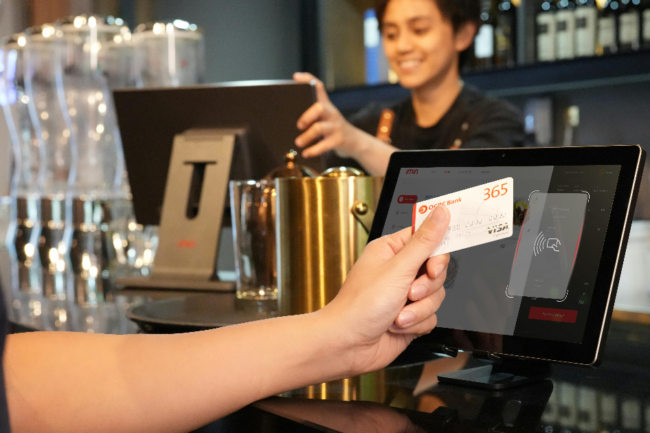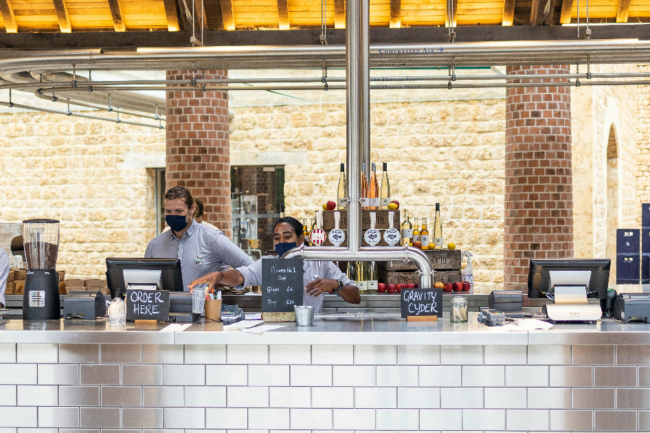
Why a Custom POS System Is Worth It
Most POS systems are designed to work for many types of businesses, cafes, bars, and boutiques. But restaurants have very specific needs. A custom POS system can help you:
- Handle complex menus and modifications
- Manage tables and split bills
- Track ingredients and inventory in real-time
- Speed up orders during peak hours
- Get useful reports about sales, staff, and customer behavior
Step 1: Understand What Your Restaurant Needs
- What kind of restaurant you run (quick-service, fine dining, food truck)
- How complex your menu is (custom orders, combos, modifiers)
- How many people use the POS (cashiers, servers, kitchen staff)
- Whether you need features like delivery, loyalty programs, or online ordering
- What kind of reports or analytics do you want to see
Step 2: Choose Between Cloud-Based or On-Premise POS
On-premise POS systems run on local servers inside your restaurant.
| Type | Pros | Cons |
|---|---|---|
| Cloud-based | Remote access, automatic updates | Needs a strong internet connection |
| On-premise | Full control, works offline | Higher setup cost, manual updates |
Check Out: 7 Tips To Make Restaurants More Sustainable
Step 3: Choose Your POS Hardware
| Hardware | Purpose |
|---|---|
| Touchscreen Monitor | Staff enter and manage orders |
| Receipt Printer | Print receipts for the kitchen and guests |
| Cash Drawer | Secure handling of cash payments |
| Kitchen Display | Digital display for kitchen staff |
| Barcode Scanner | Useful for inventory and retail items |
You can start with basic hardware and upgrade as your business grows.
Step 4: Build or Customize the POS Software
Now it’s time to build the actual software. You have two main choices:
- Build it from scratch: Full control, high customization, but more time and cost.
- Customize an existing system: Use platforms like Square, Shopify, or open-source software and tailor them to your needs.
Your software should include:
- Menu and order management
- Multiple payment types (card, cash, mobile)
- Employee scheduling and time tracking
- Inventory and ingredient tracking
- Table management
- Customer profiles and loyalty programs
- Real-time sales and performance reports
Step 5: Test and Train Before You Launch
Before going live, run tests to make sure everything works. Here’s how:
- Pilot testing: Use the system during slow hours or soft openings.
- Train your team: Make sure everyone knows how to use it properly.
- Collect feedback: Ask staff for opinions on speed, layout, and ease of use.
- Fix issues: Adjust software and settings based on real-world feedback.
Good training is just as important as good software. Modern POS systems help staff take and process orders faster, which means customers get served quicker and don’t have to wait as long.
How Much Does It Cost?
| Component | Cost Range |
|---|---|
| POS Hardware | $0 – $2,000 |
| Software Development | $7,000 – $50,000+ |
| Ongoing Support & Hosting | $20 – $100/month |
| Staff Training | $500 – $2,000 |
Key Benefits of Custom POS Software
- Designed to match your restaurant’s workflow
- Easy to scale as your business grows
- Integrated with third-party services (like Uber Eats or Grubhub)
- Access to useful insights and custom reports
- Helps reduce human error and manage busy hours
A system designed for your restaurant helps you work faster, reduce mistakes, and make better business decisions.
Book a Demo
See how top hotels are using AI to improve guest experiences.
Book a demo with AireusPOS and find out how it can work for you.



